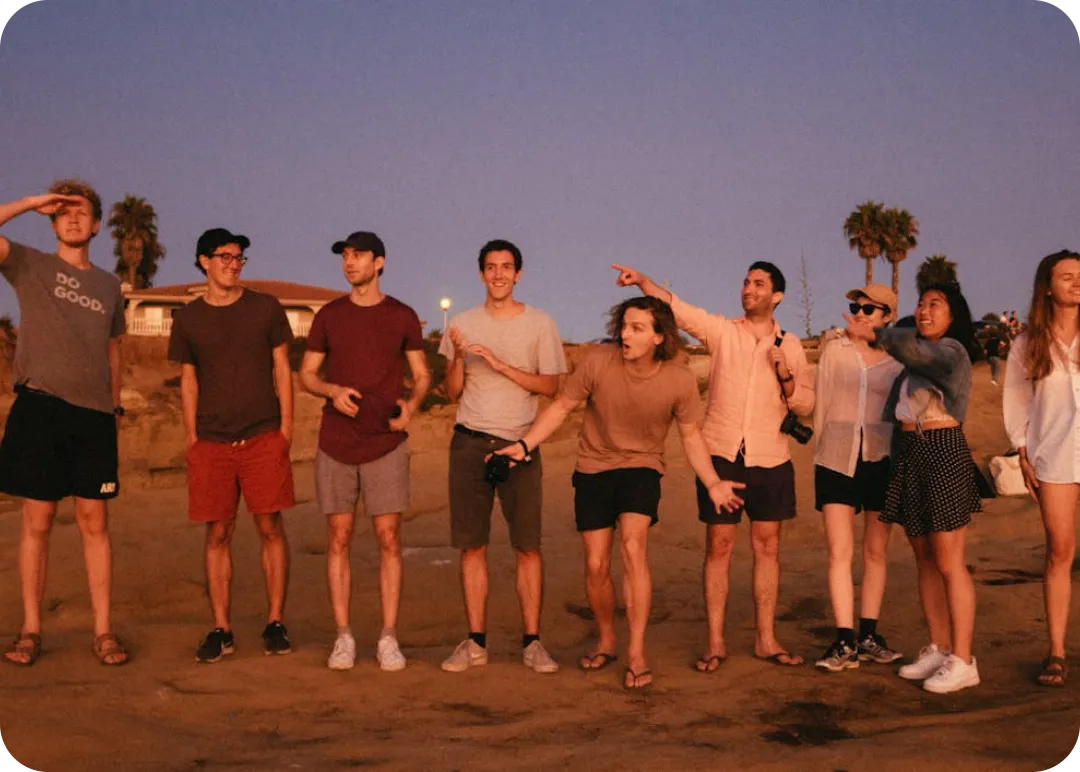Browse their profiles and meet singles who reflect their charm, personality, and energy
From the poetic soul of Nobel laureate Wisława Szymborska to the boundary-pushing style of supermodel Anja Rubik, Poland's celebrity legacy is as rich and diverse as its history. On this page, you'll discover profiles that go far beyond the spotlight—each one a story of resilience, artistry, and cultural pride.
Whether it's Robert Lewandowski scoring goals and hearts across Europe, or Marie Curie forever inspiring the world of science, these icons shine in ways that feel both deeply Polish and universally human. You'll also meet stars like Frédéric Chopin, whose music still moves audiences centuries later, and Joanna Kulig, the cinematic talent behind internationally acclaimed films like Cold War.
Each celebrity profile reveals intriguing details—birthday and zodiac sign, inspiring quotes, family background, awards, and memorable trivia. For fans of "famous Polish people who changed the world" or "top celebrities from Poland," this is where admiration meets discovery.

Ever thought your soulmate might look like a young Chopin or share the cool elegance of Anja Rubik? Higo lets you explore real profiles of singles who resemble Poland's most iconic celebrities—in looks, energy, or even personality traits.
Our lookalike singles aren't just photogenic—they're real people who embody charm, creativity, and heart. Some share the intellectual allure of Marie Curie, others the sporty confidence of Lewandowski. With filters and smart tags like "Polish heritage," "Warsaw creatives," or "Slavic charm," discovering your perfect match feels easy, personal, and exciting.
Whether you're living in Poland or simply captivated by it, these lookalikes offer a romantic glimpse into a world shaped by beauty, history, and bold individuality.

Higo is more than a dating app—it's where cultural connection meets authentic chemistry. We're proud to be available in Poland and across Central Europe, where users appreciate safety, profile verification, and shared experiences rooted in culture and curiosity.
Our popularity is growing in Polish cities like Kraków, Warsaw, Gdańsk, and beyond. Whether you're searching for someone to chat with in both Polish and English, or hoping to connect while traveling abroad, Higo makes it easy. Features like built-in translation, zodiac matchmaking, and lookalike filters let you connect with people who match your vibe—and maybe even resemble your favorite Polish celebrity.
Join thousands across Europe discovering meaningful travel dating with Higo. In Poland, love still writes poetry—and with us, you're always one conversation away from your next verse.